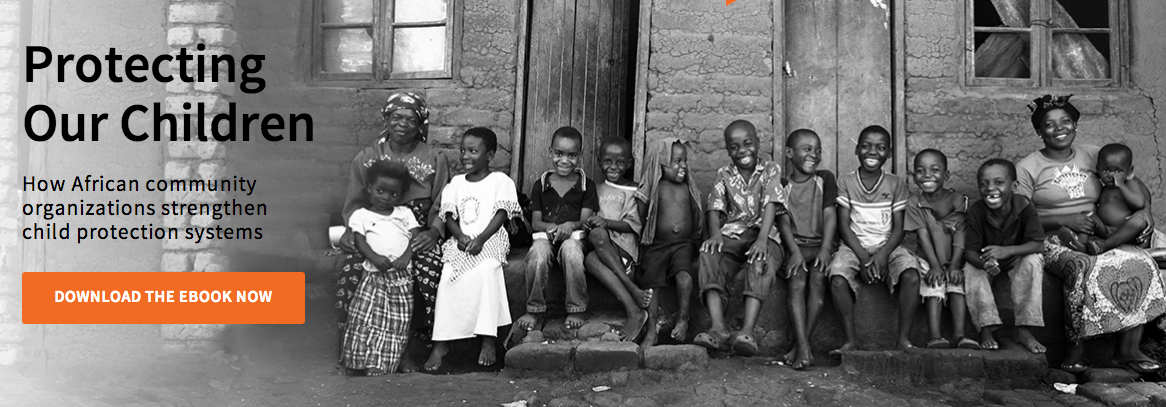Protecting Our Children: What We Learned
We recently published Protecting Our Children, a free eBook available on our website that chronicles a three year initiative with eight of our grantee partners working to improve child protection systems. We learned so much from this initiative about child protection and community-based organizations that we wanted to share insights and observations with you that we made along the way.
Lessons Learned about Child Protection
Below are eight things we learned during this three-year initiative, working closely with eight organizations that were already dealing with cases of abuse. These community-based organizations (CBOs) are advocates and work hard to bridge gaps across community, government, and international children's rights. Together with each organization, and cumulatively across all eight of them, we learned the following:
1. CBO's are already doing a lot of work to protect children. In fact, a recent Firelight survey showed that nearly all (92%) of the organizations were already responding to cases of child abuse in their respective communities.
2. CBO's use a diverse array of strategies when dealing with child abuse cases. Each of the organizations involved in the initiative uses between 3-6 different strategies that target all levels of the community. Strategies may selectively focus on the children themselves, their parents, community members, local leaders, and local government. All CBO's target their attention on the children, and most (89%) include parents in their prevention and treatment strategies. That's because they take a very relational approach to the issue. Rather than disseminating information widely to educate and raise awareness, CBO's have largely taken a targeted-relationship approach to their work, finding community results through dialogue and collaboration.
3. Firelight has the ability and skill to effectively build the capacity of partnering programs. We helped eight organizations develop local policies, case management systems, and referral networks. We watched the infrastructure develop into a functional system that can protect children and strengthen the community.
4. CBO's are not always equipped to do child protection work on their own. They do best when they collaborate with the community they serve and with the local government systems to reach their intended goals and create lasting change for community members.
5. CBO's understand the important role that local government plays, but do not necessarily tap into this important asset on their own in effective ways. One of the exciting outcomes of this three year initiative is that organizations are now better prepared to collaborate with government stakeholders. CBO's learned which government entities they should partner with for specific outcomes.
6. Child protection is an organizing, ongoing, collaborative process that is necessary to every community. Through this process, CBO's realized that protective services are the primary driving force behind any collaborations with other programs or constituents.
7. Child protective strategies should be in response to the local context and local issues at hand. There is no one standard approach, and no universal code of conduct. Instead, each CBO must tailor its activities to the specific needs and lives of its community members.
8. To maximize their effectiveness, child protective services must link formal with informal systems. CBO's play a critical role in mobilizing both community and government so that they may work together.
These eight insights are important to any future work we do in child protective services. They also illuminate the role of CBO's in communities. Read up on these invaluable insights, as well as many other lessons learned by downloading Protecting Our Children today.



